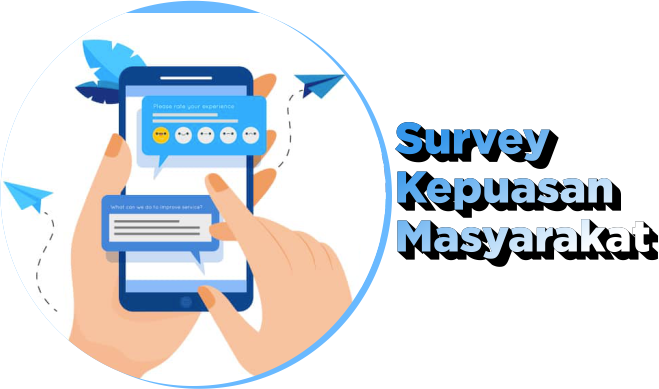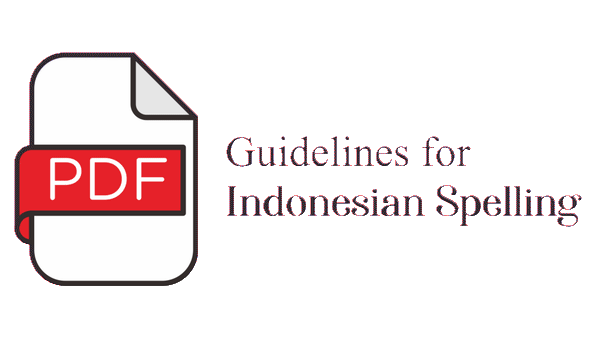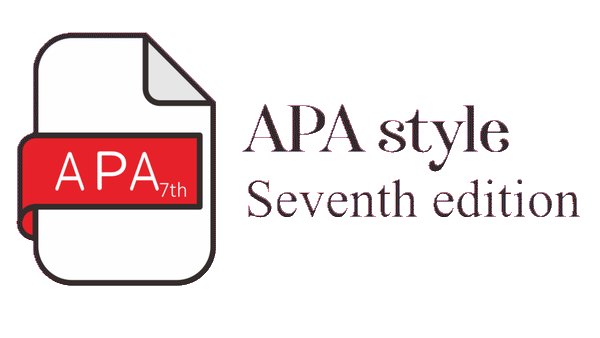PERSEPSI DAMPAK COREMAP II TERHADAP EKOSISTEM DAN BIODIVERSITAS MASYARAKAT PESISIR EKOSISTEM DAN BIODIVERSITAS LAUT DI INDONESIA BAGIAN TIMUR
Abstract
ABSTRAK
Progam COREMAP (Coreal Reef Rehabilitation and Mangement) dicanangkan untuk merehabilitasi dan mengkonservasi terumbu karang di Indonesia. Tujuan dari program ini adalah untuk membantu masyarakat menghadapi dua masalah besar di Indonesia yang dihadapi oleh nelayan yang tinggal di pulau-pulau kecil dan pesisir yaitu: pengentasan kemiskinan dan degradasi karang. Tujuan dari penelitian ini adalah mengevaluasi dampak program COREMAP II dari perspektif nelayan terhadap kondisi keanekaragaman hayati laut sebelum dan sesudah tahun proyek COREMAP II dengan membandingkan persepsi nelayan di daerah COREMAPII dan daerah control (Non-COREMAP II). Responden dalam penelitian ini sebanyak 684 rumah tangga nelayan di Indonesia Timur di Kabupaten Wakatobi, Pangkep dan Raja Ampat (sebagai situs COREMAP II), Muna, Makassar dan Kaimana (sebagai situs control). Survei yang dilakukan dari Januari hingga Maret 2016. Metode deskriptif stastik digunakan dalam penelitian ini. Penelitian ini menemukan bahwa menurut masyarakat pesisir yang kami survei, COREMAP II memberikan dampak positif terhadap kualitas dan biodiversitas ekosistem laut
dibandingkan dengan wilayah Non-COREMAP II. Dampak positif ini merupakan salah satu pertanda bahwa program COREMAP II mempunyai potensi berkontribusi secara ekonomi dari perbaikan kualitas sumber daya perikanan dan ekosistem laut.
Title: Coastal Communities Perception on the Impact of COREMAP II on Marine Ecosystem and Biodiversity in the Eastern Part of Indonesia
ABSTRACT
Coral Reef Rehabilitaiton and Management Program (COREMAP) was launched for reef conservation and rehabilition in Indonesia. The ultimate goal of this program is to encourage the coastal communities against two major issues of coastal communities across Indonesia: poverty alleviation and reef resource degradation. The objective of this study is to evaluate COREMAP II impact on marine and fishery resource condition based on people’s perception before and after the COREMAP II by comparing people’s perception both in COREMAP II areas and non-COREMAP II areas (control group). Total respondents were 684 households from eastern part of Indonesia: Wakatobi, Pangkep and Raja ampat (COREMAP areas), Muna, Makassar and Kaimana (control areas). The survey was conducted from January to March 2016. Descriptive statistical analysis was used in this study. This study discovered that
based on coastal communities’ perception, COREMAP II contributes to positive impact toward quality and biodiversity of marine ecosystem compared to non-COREMAP II areas. This result indicates that COREMAP II gives an economic potential contribution for the impovement of fisheries resources and marine ecosystem.
Keywords
Full Text:
PDFReferences
BPS, 2014. Indonesia Statisti Data: Number of People Working on Fishery Sector in Indonesia. Cited from https://www.bps.go.id. (Diakses: 1 Desember 2016).
Cohen, P., A.D. Valemei, A.D., and H. Govan. 2008. Annotated Bibliography on Socio-economic and Ecological Impacts of Marine Protected
Areas in Pacific Island Countries. WorldFish Bibliography No. 1870. The WorldFish Center, Penang, Malaysia. pp. 36. DOI: 10.1177/1094428112447816.
Emapsworld. 2016. Indonesia Capital Map Black and White. Cited from https://www. Emapsworld. (Diakses: 12 Desember 2016).
FAO. 2014. The State of World Fisheries and Aquaculture. Food and Agriculture of United Nation. pp. 10-20. Diunduh dari http://www.fao.org/3/a-i3720e.pdf (Diakses: 17 Mei 2016).
Gall, S. C., and L.D. Rodwell. 2016. Evaluating the Social Acceptability of Marine Protected Areas. Marine Policy, 65, 30–38. https://doi.org/10.1016/j. marpol.2015.12.004.
Islam, G. M. N., S.Y. Tai, M. N. Kusairi, S. Ahmad, F. M. N. Aswani, M.K.A.M. Senan, and A. Ahmad. 2017. Community Perspectives
of Governance for Effective Management of Marine Protected Areas in Malaysia. Ocean & Coastal Management, 135, 34–42.
https://doi.org/10.1016/jocecoaman. 2016.11.001.
Kincaid B., dan Gall R. 2014. Why Fishers Want a Closed Area in Their Fishing Grounds: Exploring Perceptions and Attitudes to Sustainable Fisheries and Conservation 10 Persepsi Dampak Coremap II Terhadap Ekosistem dan Biodiversitas Masyarakat Pesisir (Umi Muawanah dan Sopian Hidayat) Years Cost Closure in Labrador, Canada. Marine Policy, 46, 84–90. https://doi.org/10.1016/j. marpol.2014.01.007.
Kincaid B., G. Rose, and H. Mahudi. 2014. Fishers’ Perception of a Multiple-Use Marine Protected Area: Why Communities and Gear Users Differ at Mafia Island, Tanzania. Marine Policy, 43, 226–235.
https://doi.org/10.1016/j.marpol.2013.06.005.
Leisher, C., V. Beukering and M. Scherl. 2007. Nature’s Investment Bank: How Marine Protected Reas Contribute to Poverty Reduction. pp. 30-31.
Leleu, K., Alban, F., Pelletier, D., Charbonnel, E., Letourneur, Y., and Boudouresque, C. F. 2012. Fishers Perceptions as Indicators of The Peerformance of Marine Protected Areas (MPAs). Marine Policy, 36(2), 414–422. https://doi.org/ https://doi.org/10.1016/j.marpol.2011.06.002. LIPI. 2013. Tren perubahan indikator utama COREMAPII. Unpublished.
LIPI. 2012. Tren perubahan indikator utama COREMAP II. Unpublished.
Mascia, B., A. Clause. dan R. Naidoo. 2010. Conservation Biology: Impacts of Marine Protected Areas on Fishing Communities. 24(5):1424-1429. DOI: 10.1111/j.1523-1739.2010.01523.x.
Pita, C., I. Theodossiou, and G.J. Pierce. 2013. The Perceptions of Scottish Inshore Fishers about Marine Protected Areas. Marine Policy, 37(1), 254–263. https://doi.org/10.1016/j. marpol.2012.05.007.
Universitas Hasanuddin. 2013. Final report of COREMAP program II. LP2M-UNHAS. Makassar. pp. 20-40. World Bank. 2012. Implementation Completion and Results Report (TF-26799, IBRD-47400, IDA-39100, TF-53350), Coral Reef Rehabilitation
and Management Project (Phase II). World Bank. pp. 22-30.
DOI: http://dx.doi.org/10.15578/jsekp.v13i1.6915
Indexed by:
-------------------------------------------------------------------------------------
Published by
Research Center for Marine and Fisheries Socio-Economic
in collaboration with
Indonesian Marine and Fisheries Socio-Economics Research Network

This work is licensed under a Creative Commons Attribution-NonCommercial-ShareAlike 4.0 International License.



















